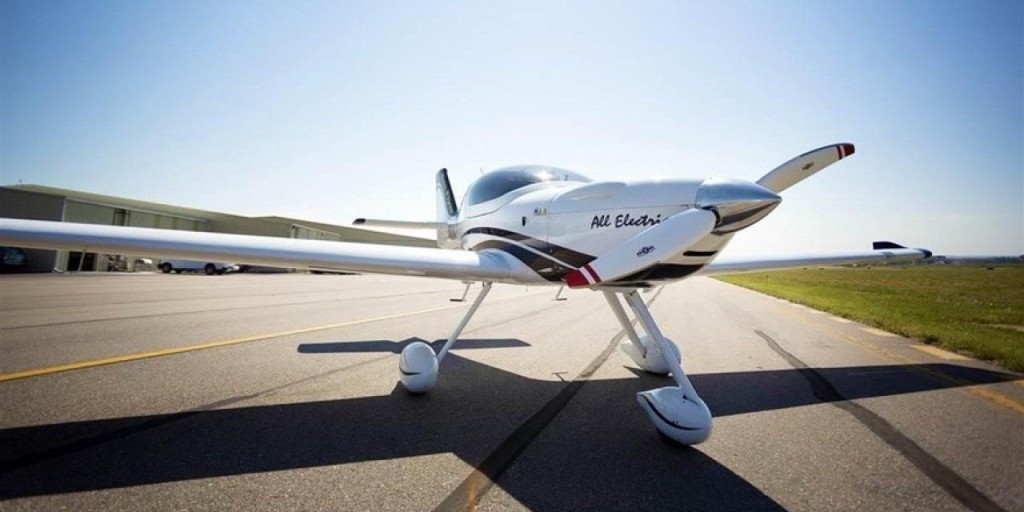Electric Aircraft

Can electric aircraft make sense in terms of its cost/benefit ratio? An aviation company in Norway seems to think so, or they wouldn’t have just ordered 60 electrically propelled airplanes.

Can electric aircraft make sense in terms of its cost/benefit ratio? An aviation company in Norway seems to think so, or they wouldn’t have just ordered 60 electrically propelled airplanes.
Craig,
There’s nothing inherently difficult about Electric Airplanes.
As you contend the math is simple, it’s just a matter of developing light/ compact ESD capacity sufficient to match the energy requirements for an aircraft in all situations while extending the flying range to be commercially viable.
Aviation fuel powered aircraft have an advantage as the plane becomes lighter as the journey progresses, while electric holds the advantage at take off.
Obviously the heavier the load, the more difficult the weather, the greater the advantage for ICE technology.
Electric aircraft technology possesses potentially huge advantage in weight dispersal since the engines and other components are much lighter and far more reliable.
The real question is ESD capacity. Can a battery ever be made light enough yet store enough energy ? Exotic material technology such as borophene may hold answers to a new generation of super-light, compact ESD’s with, as yet, undreamed of capacity.
Here’s hoping…
The vexing question is